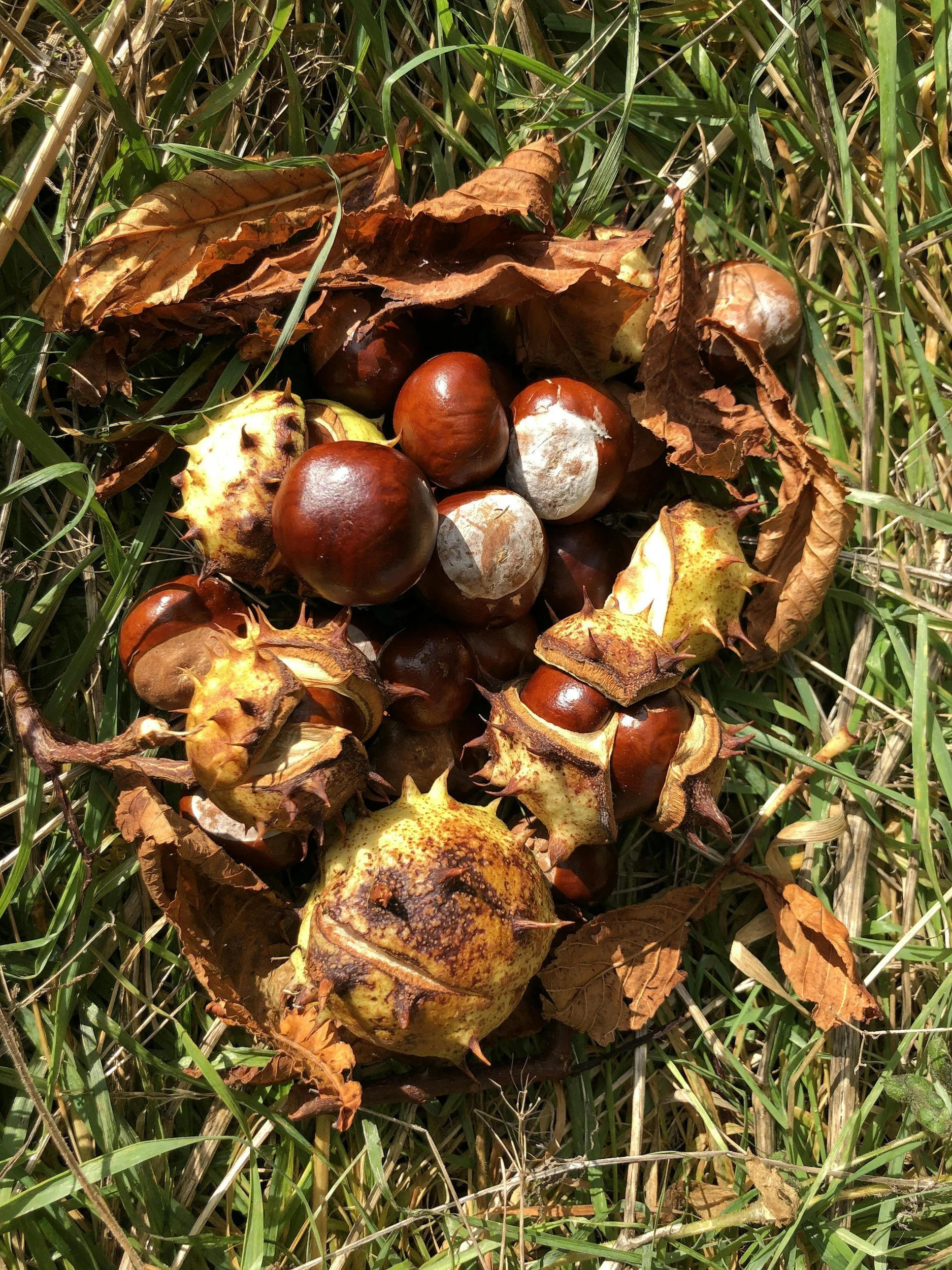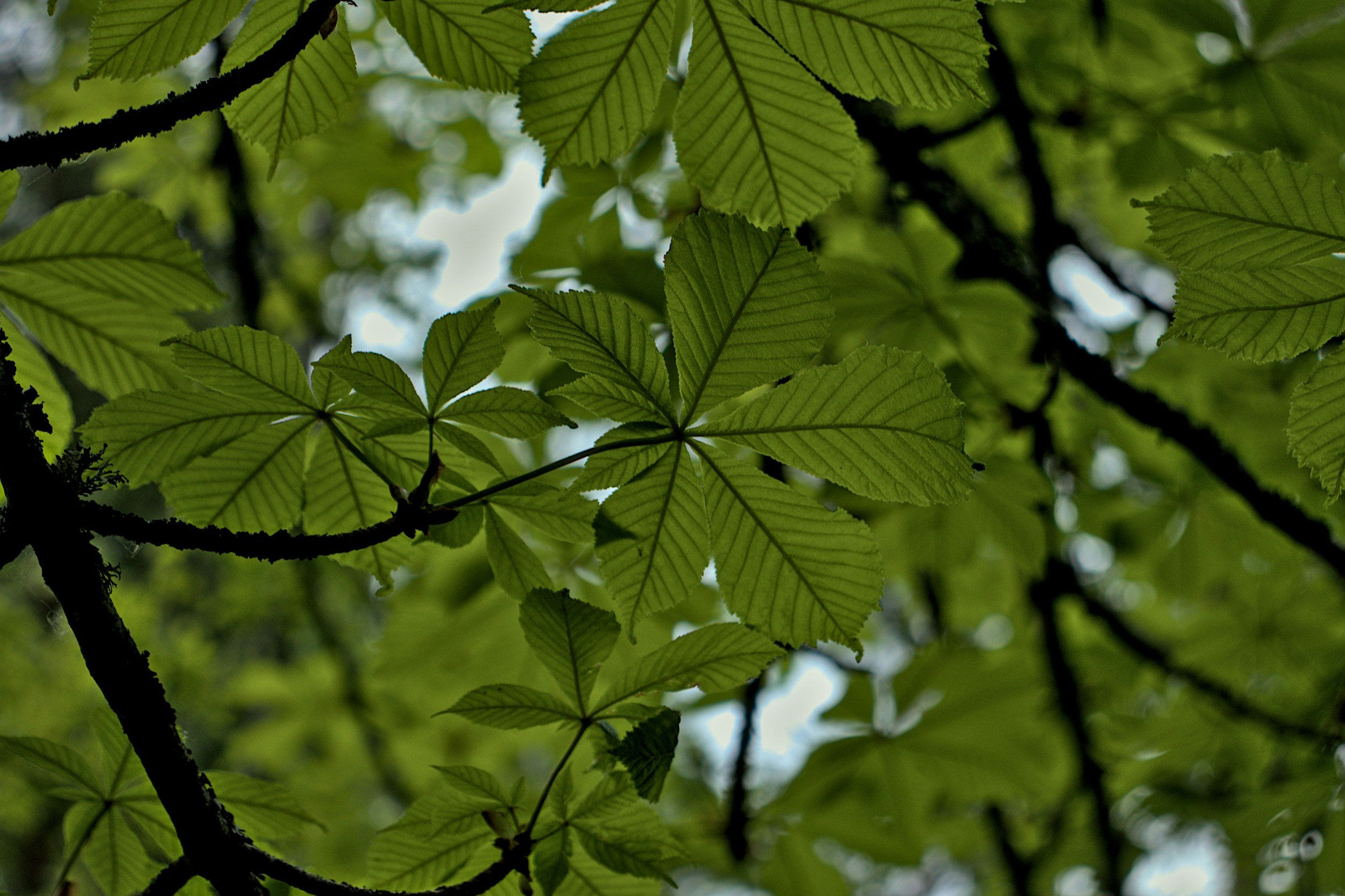
Horse Chestnut
Horse Chestnut
(Aesculus hippocastanum)
Plant family
Sapindaceae
Other significant names
The Conker tree
Candelabra tree
Parts used:
Semen (Seeds)
Folia (Leaves)
Common prescription forms
Tinctures (internal)
Poultices
Infused oil (external)
Horse Chestnut (Aesculus hippocastanum) – Clinical Snapshot
Primary Actions
Venotonic
Circulatory tonic
Astringent
Anti-inflammatory
Primary Indications
Increasing venous tone
Varicose veins
Haemorrhoids
Varicose ulcers
Varicose eczema
Oedema
Arthritis
Gout
Lower leg issues (e.g., in diabetes)
⚠️Cautions / Safety⚠️
Small doses only, due to high saponin content
Use internally during pregnancy or lactation only under professional guidance
Do not use with anticoagulant medications
Do not apply to broken skin
Use cautiously in patients with cholestasis
Aesculus hippocastanum
Phytochemistry and Pharmacology
Triterpene Saponins
Main compound: Aescin (also known as escin)
Action: Venotonic, anti-inflammatory, anti-oedema, capillary-protective
Use: Aescin is the primary active constituent responsible for horse chestnut’s effect on the venous and lymphatic systems. It works by improving vein tone, reducing capillary permeability, and inhibiting inflammatory enzymes. This makes it effective in varicose veins, chronic venous insufficiency, haemorrhoids, and oedema (fluid retention) due to poor circulation.
Tannins
Action: Astringent, toning, anti-inflammatory
Use: Tannins contribute to local tissue tightening and reduction of swelling, helpful in topical applications for bruises, sprains, and haemorrhoids. Internally, they add to horse chestnut’s anti-inflammatory and vascular toning effects.
Flavonoids
Includes: Quercetin, kaempferol derivatives
Action: Antioxidant, anti-inflammatory, vascular protective
Use: These compounds enhance vascular integrity, reduce oxidative stress, and help support circulatory function, making horse chestnut especially useful in the long-term care of fragile or inflamed veins.
Coumarins
Includes: Aesculin, fraxin
Action: Mild anticoagulant, anti-inflammatory, lymphatic stimulant
Use: Coumarins help increase peripheral circulation and support lymphatic drainage, reinforcing horse chestnut’s role in treating swelling, heaviness, and poor venous return, particularly in the legs.
Traditional use:
The name may come from historical use, where horses were fed mashed conkers with their feed to treat wheezing and coughs. Flower wine was traditionally used to treat coughs and blood spitting and was thought to be a good blood cleanser. Flower wine was also used for neuralgia.
Clinical discussion:
Horse chestnut is used predominantly as an internal, in small doses, and topical astringent venous tonic, decreasing capillary permeability, inflammation and oedema associated with circulatory insufficiency, e.g. varicose veins and haemorrhoids.
The main active constituents include saponins (soapy constituents), particularly aescin/escin. These soapy chemicals mean it has a limited dosage, and an overdose can cause gastric irritation and vomiting.
It can be used topically in cooling sprays and gels using infused oils, horse chestnut seed, or leaf tinctures. These are well combined with witch hazel and yarrow. However, avoid directly applying it to broken skin, such as varicose ulcers, where other tissue healers should be used first.
Cultivation/Harvesting
Spring leaves are harvested before the leaf miners, the larvae of certain insects, colonise.
Ripe chestnuts (and shells) are collected just as they fall from the tree in early to late autumn, but remain soft enough for chopping or crushing. Hard old conkers cannot be used.
Key Botanical Features of Horse Chestnut (Aesculus hippocastanum)
Growth
Type: Large deciduous tree.
Size: Can grow up to 20–40 meters (65–130 feet) tall.
Canopy: Forms a broad, rounded crown with dense foliage.
Trunk/Bark:
Bark is Gray-brown, developing shallow fissures with age.
Young twigs are smooth and reddish-brown.
Leaves
Type: Opposite, palmate compound.
Structure: Each leaf consists of 5–7 leaflets, radiating from a central point like fingers on a hand.
Size: Each leaflet can be 10–25 cm (4–10 inches) long.
Texture: Slightly rough, with prominent veins.
Colour: Bright green in spring and summer, turning yellow-brown in autumn.
Flowers
Type: Showy, upright clusters (panicles) of numerous tiny flowers.
Size: Panicles can reach 20–30 cm (8–12 inches) tall.
Colour: White with yellow or pink blotches at the base of each petal.
Blooming Period: Late spring to early summer (typically April–June).
Pollination: Primarily by bees and other insects.
4. Fruits & Seeds (Conkers)
Fruit Type: Spiny, round capsules, 5–7 cm (2–3 inches) in diameter.
Exterior: Green, leathery, and covered in short spines.
Interior: Contains 1–3 large, glossy brown seeds (conkers).
Ripening Period: Autumn (typically September–October).
Toxicity: Seeds (conkers) are toxic to humans and many animals if taken in large doses due to the presence of aesculin, which can lead to nausea and digestive issues.
Roots
Type: Deep, extensive root system, providing firm anchorage.
Function: Helps the tree tolerate drought and strong winds.
Habitat & Growth Conditions
Climate: Prefers temperate climates.
Soil: Thrives in moist, well-drained, loamy soils, but is adaptable to various soil types.
Sunlight: Prefers full sun, but tolerates partial shade.
Distribution: Native to south-eastern Europe (Balkans) but widely cultivated in parks, streets, and gardens throughout Europe, North America, and Asia.
Sustainability/conservation
Introduced populations now suffer from early leaf browning due to an invasive moth with leaf miner larvae.
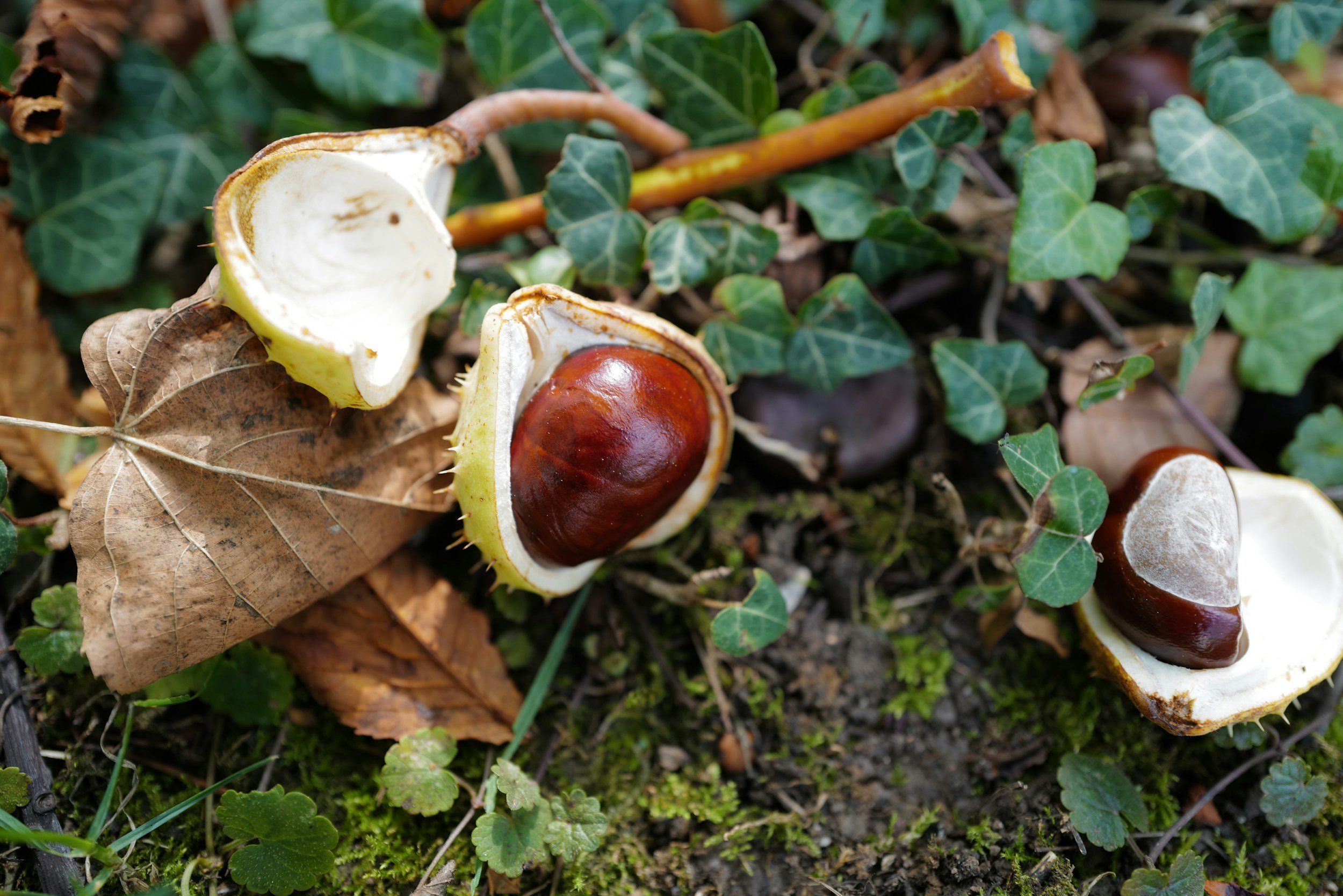
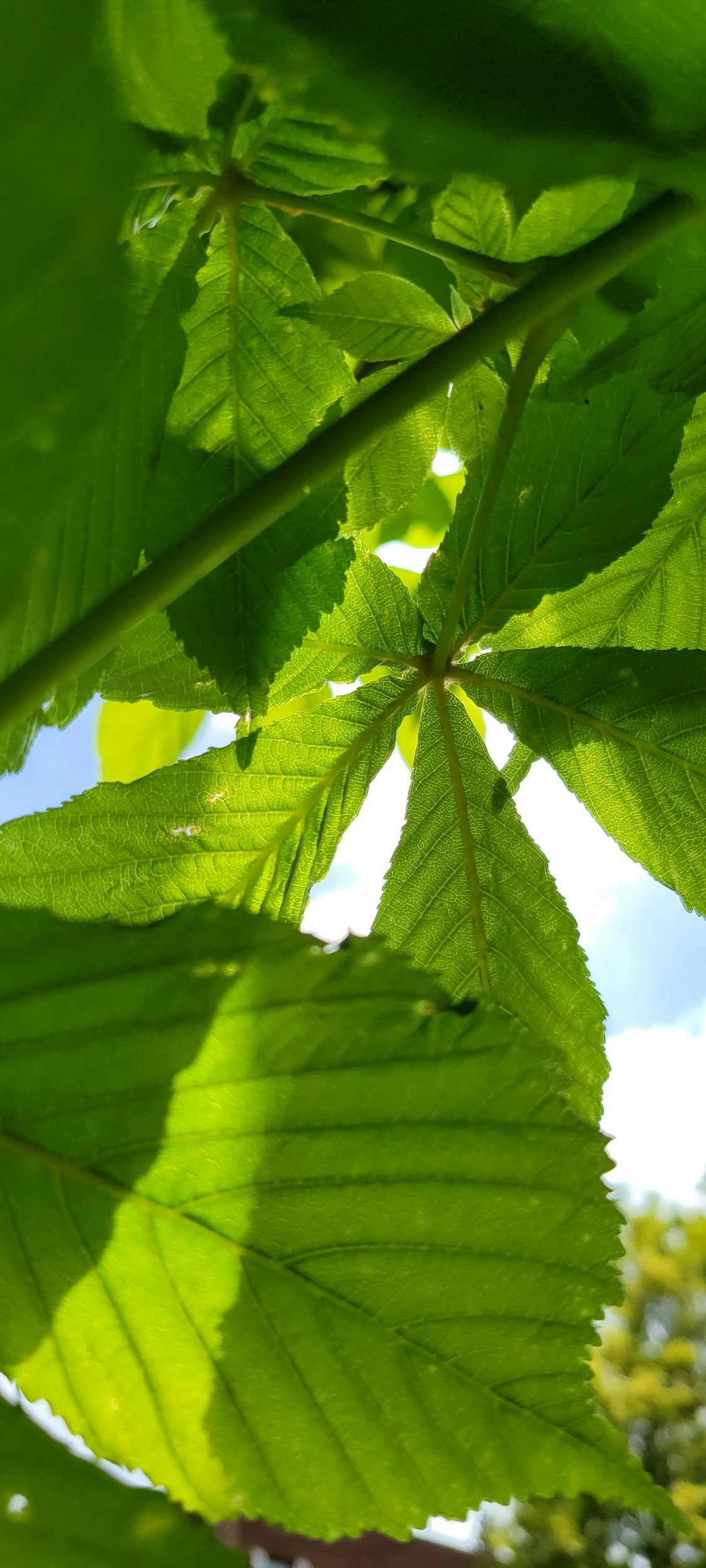
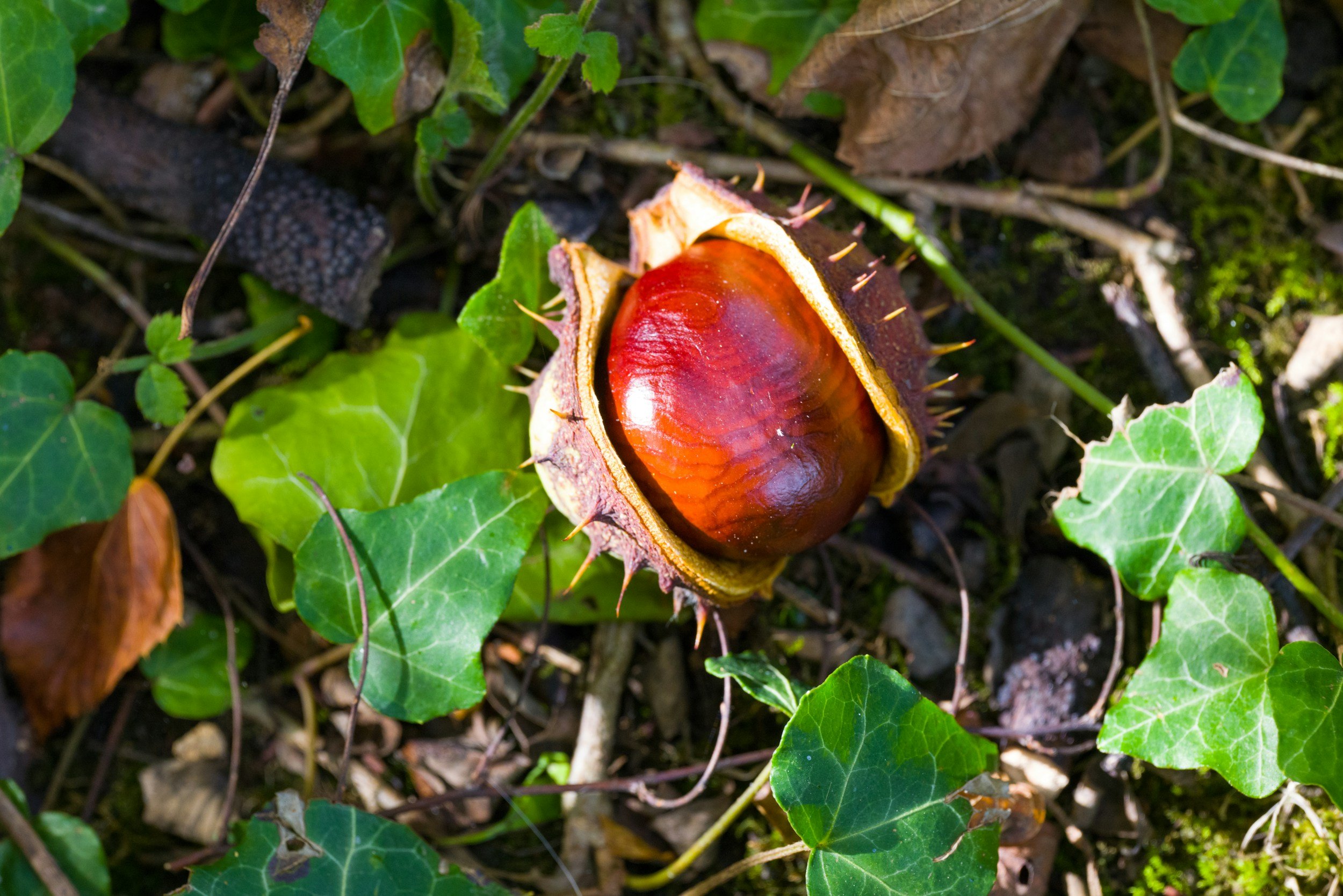
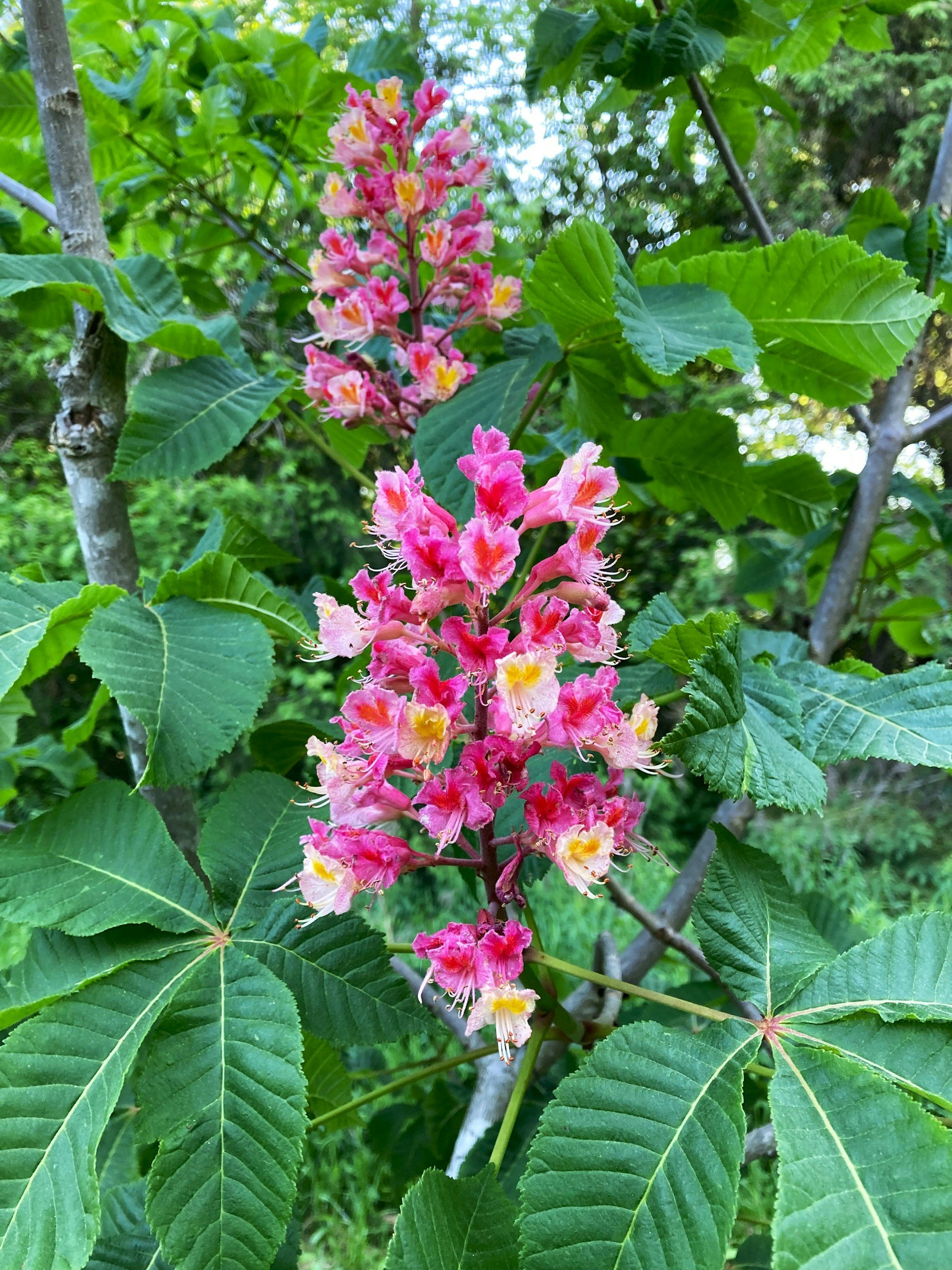
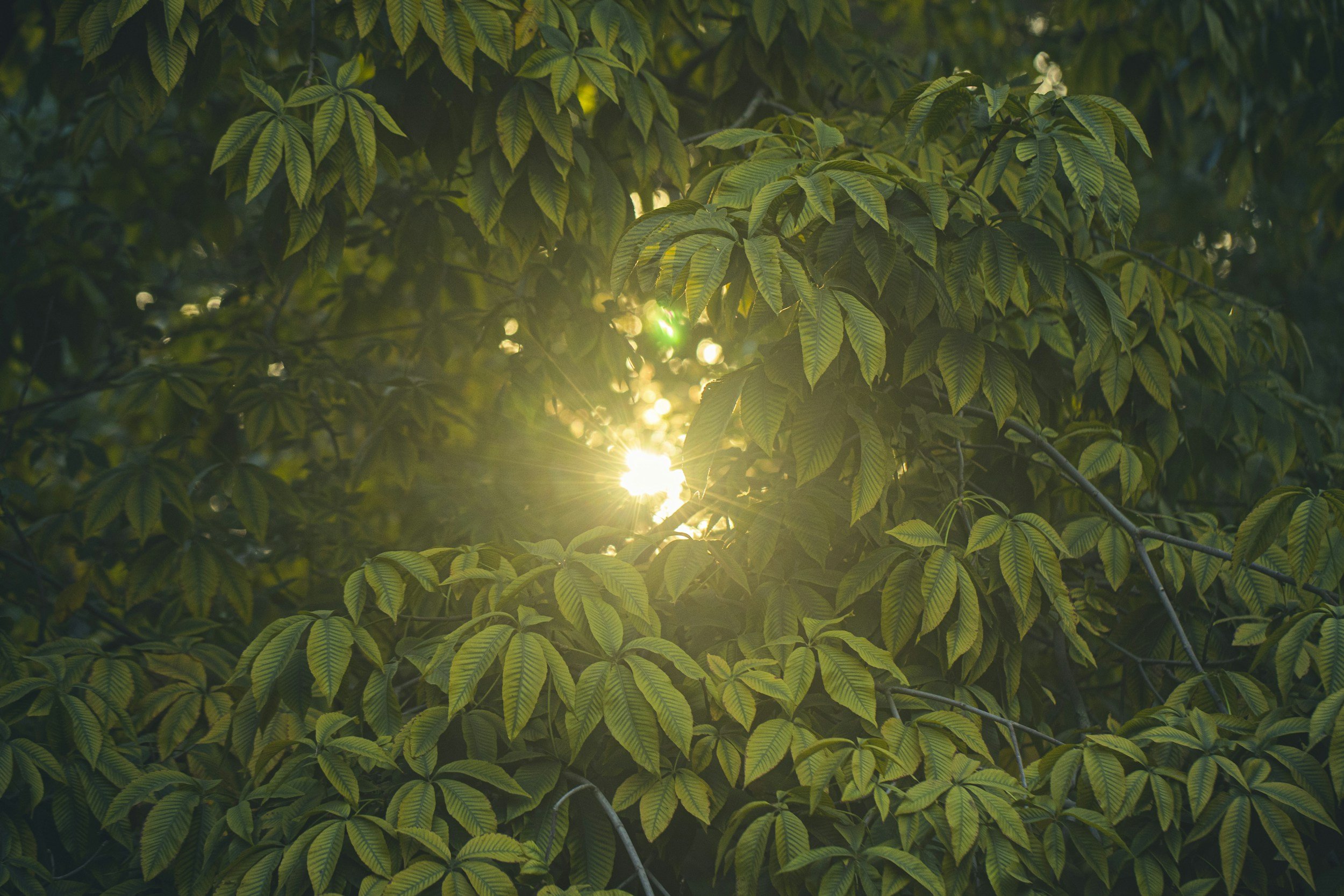
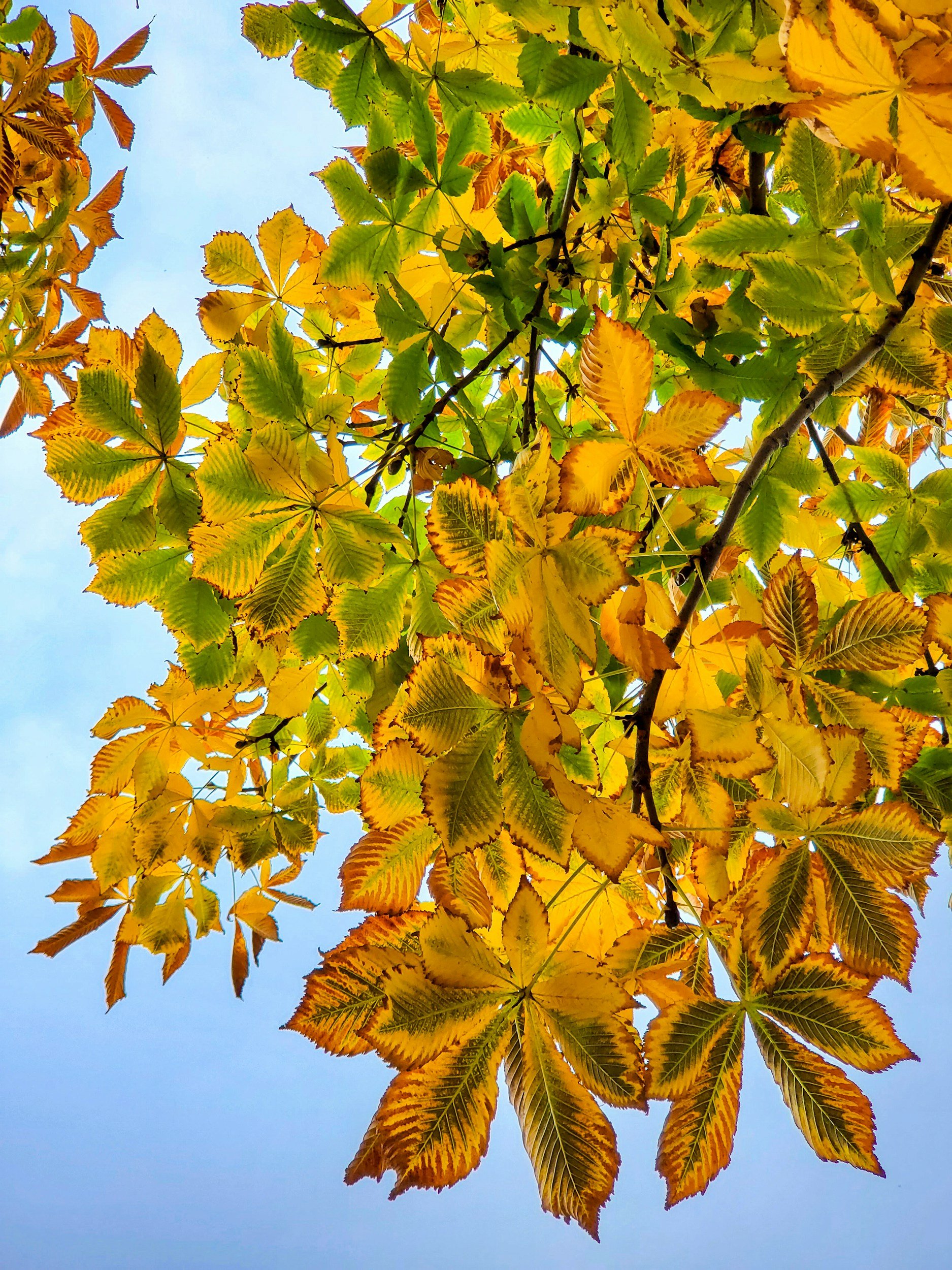
Sources
Bartram, T. (1998). Bartram’s Encyclopedia of Herbal Medicine. Constable.
Fisher, C. (2009). Materia Medica of Western Herbs, (2018 edition). Finchley Road, London. Aeon Books.
Hedley, C & Shaw, N. (2020). A herbal book of making and taking. Finchley Road, London. Aeon Books.
Hoffmann, D. (2003). Medical Herbalism: The Science and Practice of Herbal Medicine. Healing Arts Press.
McIntyre, A. (2019). The complete herbal tutor, revised and expanded edition. Finchley Road, London. Aeon Books.
Plants of the World Online | Kew Science. (n.d.). Plants of the World Online. https://powo.science.kew.org/
Disclaimer: This page is for educational purposes only. Consult a qualified medical herbalist before using herbs, especially during pregnancy, when trying to conceive, while breastfeeding, for medical conditions, or with children.
Read the full disclaimer → Medical Disclaimer.



